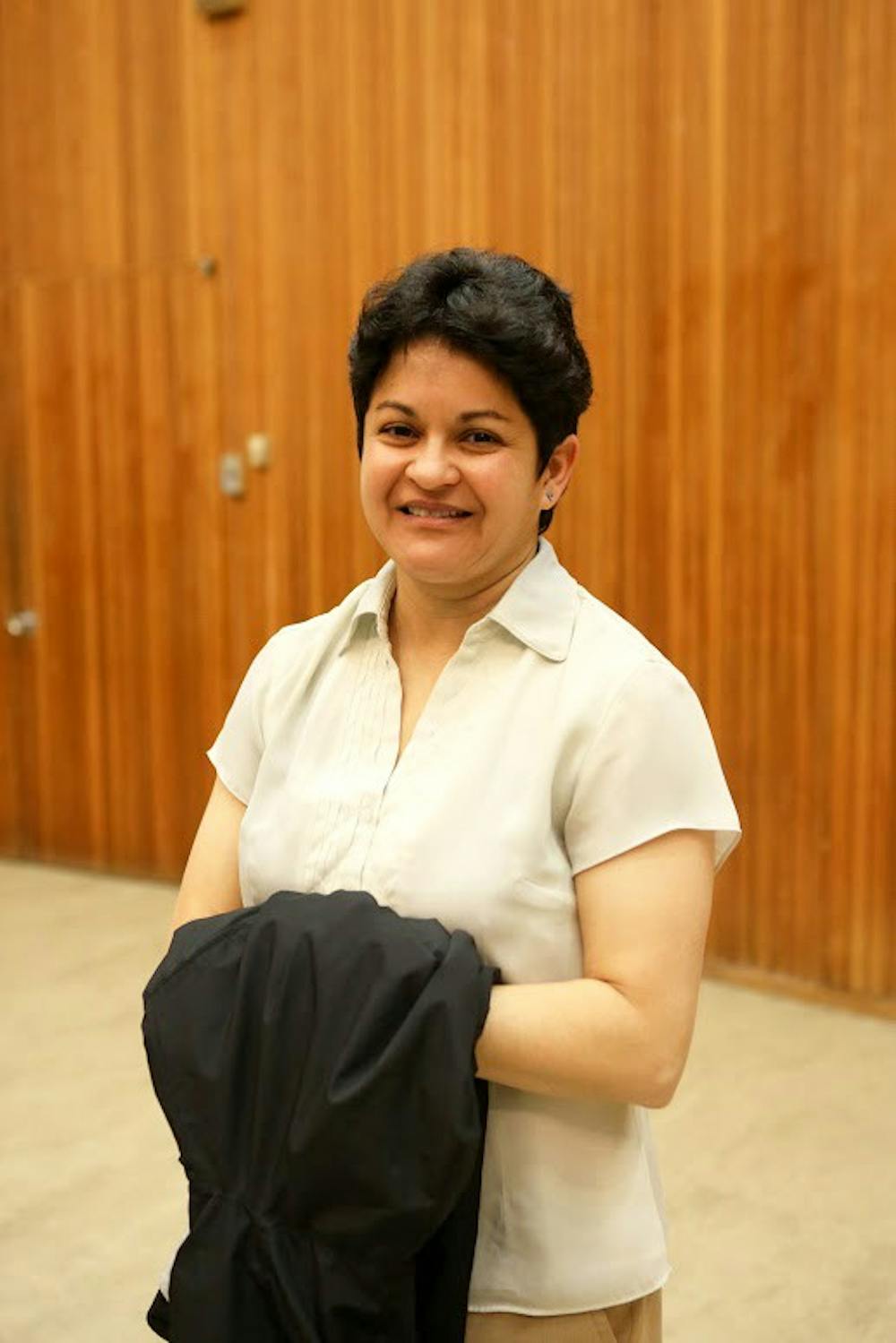By Lydia Laythe |
Last week, the University approved the first professional biomedical engineering master’s program in Oregon. The program will allow students to complete a professional biomedical engineering master’s program in one to two years.
“The program is very different from what we’ve done before,” Sharon Jones, dean of the Donald P. Shiley School of Engineering, said. “It’s geared more toward (UP) students or recent graduates. It’s also not just geared toward engineering students but science and math students as well.”
Biomedical engineering involves applying engineering skills in a biomedical field, such as developing prosthetic limbs, the insulin pump and the artificial heart valve. According to Forbes Magazine, biomedical engineering was rated as the number one most valuable college major, with a starting median pay of $53,800 and a 61.7 percent projected job growth.
UP’s biomedical engineering master’s program allows students to apply the fall semester of their junior year and gain acceptance the same year. They will then be able to go directly into the program the summer following their undergraduate graduation. For engineering majors, the master’s program will take a year to complete. For other science and math majors, the program may take two years to complete.
Not only will students be able to go directly from their undergraduate degree to the master’s program, but as a professional program, it is intended for students going directly into the professional field following the completion of their graduate degree.
“It’s geared, not toward students that want to get a Ph.D. or do teaching or something like that, it’s geared toward students that want to go directly into the biomedical industry,” Jones said.
According to Jones, this program is part of the School of Engineering’s work to enhance its graduate programs, as called for by the University's Five-Year Strategic Plan, which was designed to establish goals including strengthening curriculum, improving campus technology, attracting top students, developing strong leadership, reducing tuition and finding new revenue sources.
This program was also selected to honor deceased UP alumnus Donald P. Shiley, who invented the Bjork-Shiley artificial heart valve and is the namesake of the School of Engineering.
“Donald P. Shiley is one of the pioneers in biomedical engineering,” Jones said. “We wanted to offer something that aligned with his interests since he’s been such a great benefactor to the school.”
Last year, a committee of engineering, biology, chemistry, math and business faculty formed to design a curriculum and draft a proposal for the new master’s program.
This committee was chaired by Deborah Munro, an engineering professor at UP. Munro worked for about 15 years in the biomedical engineering industry and is passionate about the program.
“Biomedical engineering is one of the only engineering fields that has almost equal representation between male and female students,” Munro said. “One of the things that I have noticed, and I think it’s pretty universally true, is that female students in particular really are attracted to fields where they can see how it’s helping humanity in some way. So that appealed to me.”
Once the committee’s draft went through several review processes, it went to Academic Senate, where it was passed last Tuesday.
Implementing the new curriculum is a gradual process. The School of Engineering will hire one new faculty member to head the new program, but will also rely on other faculty members at UP for instructing some of the master’s level courses.
“Ethics, healthcare, business, and entrepreneurship will be woven into the curriculum as well,” Jones said. “It’s a very holistic program, and that’s why it’s interdisciplinary.”
The School of Engineering will also begin investing in new equipment after they’ve hired the new faculty member.
“We are waiting for this new hire to come in with his or her own expertise, and give us guidance in terms of what’s needed,” Jones said. “But since we already have some biomedical faculty here, we have some things already in place.”
The current engineering program offers a biomechanics and a biomaterials course, so the program is capable of offering new courses. But Munro acknowledges some of the limitations of the program.
“We’re always resource-limited,” Munro said. “We’re partnering with OHSU, and I think that will allow us to have a more flexible and creative offering.”
The first group of students accepted into the master’s program will begin their studies at the start of the summer of 2015. Until then, the School of Engineering will hold information sessions as early as next semester. Current freshmen, sophomores, and juniors are eligible to apply for the new program.
Jones said she will have no trouble filling the seats of those information sessions. According to Jones, UP has seen an increase in biomedical engineering interest among students and graduates.
“There’s interest nationwide,” Jones said. “So there are a lot of opportunities. We think it’s really exciting.”
Munro feels the excitement of this field too.
“I’m excited about (this) because there’s so much room for improvement and advancement of the technology,” Munro said. “We’re just at the forefront of what we can possibly accomplish in the medical field. We’ve gotten technologies refined enough that we can really make a difference in peoples’ lives.”
Senior Brenden Klennert, a mechanical engineering major considering applying for the masters program, also identified with the desire to help others.
“It’ll be a really good program,” Klennert said. “I like it because I like the math and physics of engineering but I like medicine and helping people in that way. I like using what I’ve learned the past four years now and trying to apply that to people and making their lives better.”








